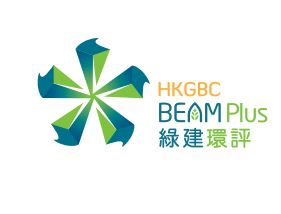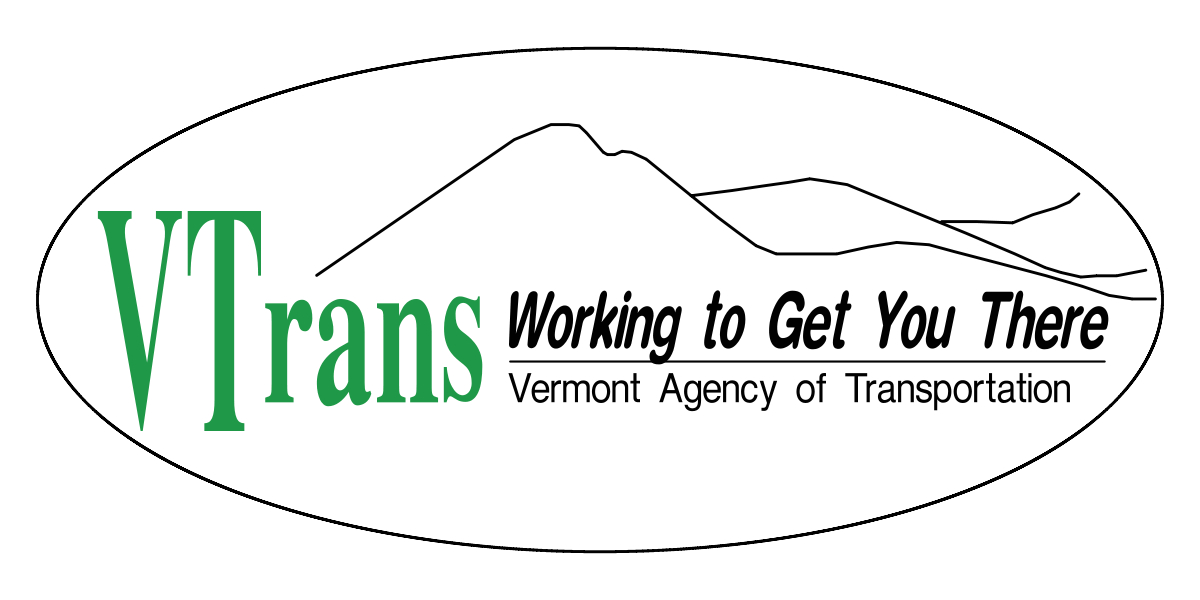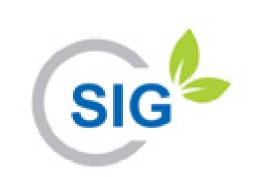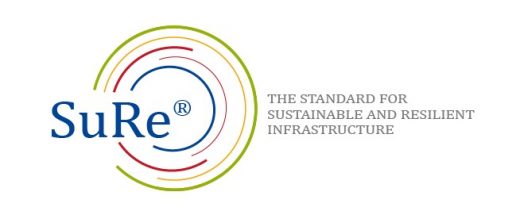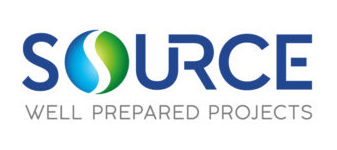
BEAM Plus Neighbourhood assesses the sustainability performance of neighbourhood development projects applying a holistic approach. The tool concerns the design of space between buildings and places emphasis on socio-economic elements, thereby supporting the creation of sustainable neighbourhoods with a vibrant public realm. Applied at early stage, it helps to engage with communities and key stakeholders during project development and to save resources through effective early stage sustainability planning. The performance of projects is rated with a point scoring that can result in a third-party verified certification.
Lifecycle Phase(s): Enabling EnvironmentConditions that enable the integration of sustainability practices (regulation, laws, frameworks etc.)., Strategic PlanningPublic authorities identify the needs and long-term vision for infrastructure development., Project PlanningGeneral strategy for a project’s delivery is developed.
Type(s) of Tool: Rating SystemsProvide quantifiable sustainability ratings and / or certification for projects or assets.

